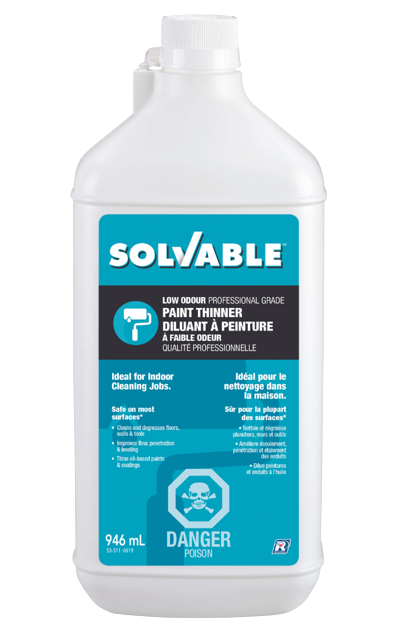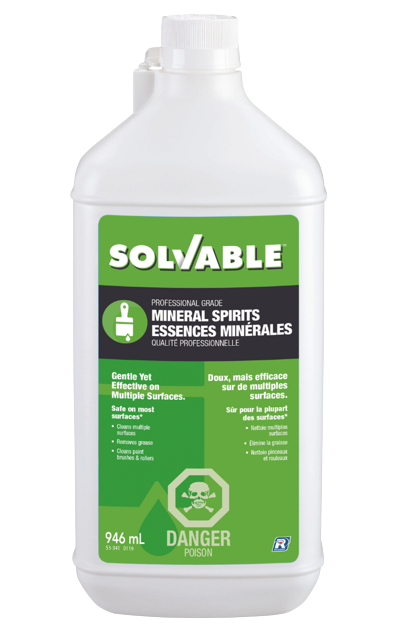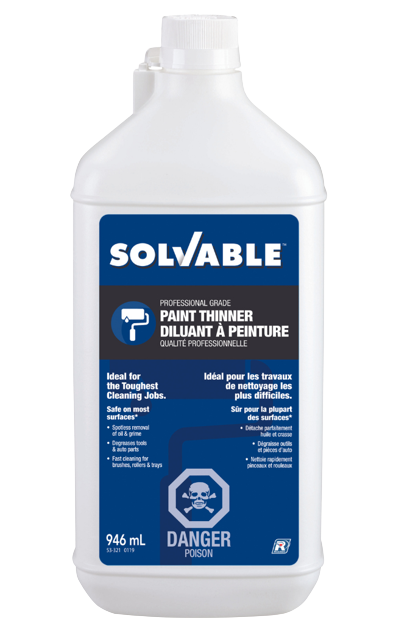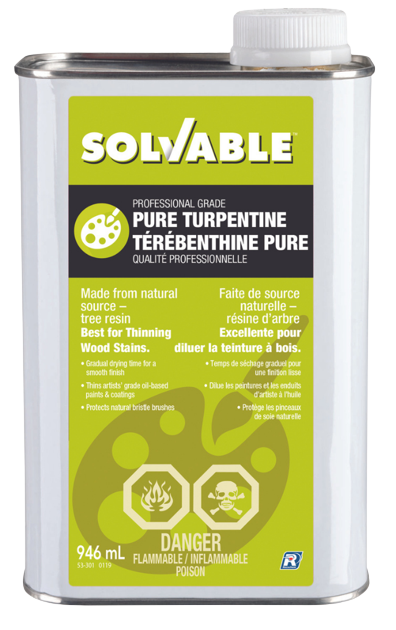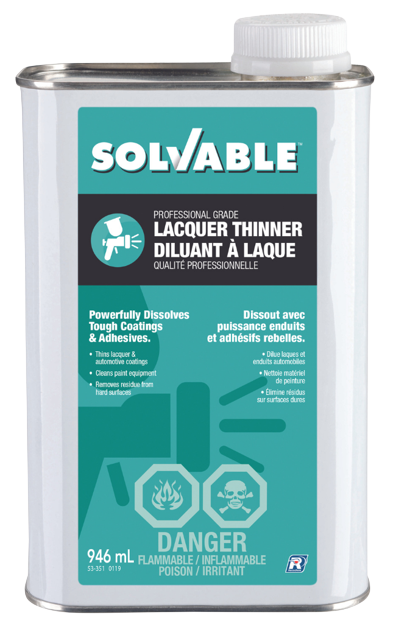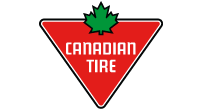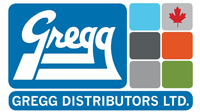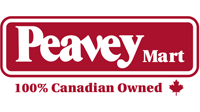Thin Paint & More
The professional approach to thinning paint
For virtually every painting project, the goal is to create a smooth and even finish, without runs or errors. What’s the best way to ensure that paint goes on evenly? Experienced professionals know that thinning paint is the best way to achieve the desired viscosity. Thinning older paint is often required to eliminate lumps and clumps that could ruin a crisp, uniform professional finish. Thinning paint that’s just been freshly opened allows the painting pro to account for temperature, room humidity and absorbency of the surface being painted.
The paint thinning process needs to be handled with care because oil, latex, lacquer and enamel based paints can require different paint thinners and treatment for optimum results. With the Solvable Product Selector Tool, you’ll always find the right product solution for your thinning challenge.
Thinning oil paint
Oil paint is traditionally used as an exterior paint due to its proven ability to stand up to weather and wear. Indoor painting professionals often choose oil paint for high traffic areas like kitchens, bathrooms and utility rooms. Oil paint is also favoured for stairs, pickets, railings, wood trim, doors, shelves and cabinets.
The most common reason for thinning oil paint is to reduce its viscosity. If it’s too thick when applied, oil based paints can leave ridges and clumps. Thinning can also remove globules to ensure a smooth, even consistency. Thinning oil paint is also a necessity when professionals work with paint guns to keep the nozzles happy and functioning consistently.
SolvableWorks helps you to choose the right product to thin the oil-based paint depending on the features that you’re looking for.
Thinning lacquer paint
Lacquer paint is often used by professionals when they want to produce a finish that’s gleaming, brilliant and tough. Lacquer is sometimes referred to as “auto paint” because of its use in auto body shops, but it’s also a preferred option for finishing furniture. Many lacquer paint jobs require a spray on application.
A common issue with lacquer paint is its evaporation rate. To prevent excessive thickening it requires the addition of the right thinner to maintain consistency and prevent clogging of paint sprayers and power rollers. With the SolvableWorks Selector Tool, you’ll always find the right solution to meet your unique needs.
Thinning enamel paint
Enamel paint is a general term applied to paints that dry to a hard, durable glossy finish. Temperature resistant, they are an excellent choice for painting pieces that will be used outdoors or subjected to lots of wear, such as patio furniture, house trim and stairs.
A common issue with enamel paint is its evaporation rate, requiring the addition of a thinner to maintain consistency and prevent clogging of paint guns. With the SolvableWorks Selector Tool, you’ll always find the right solution for the type of job you’re doing.
Tackle Your Project Today, Shop Solvable Now
Product selection may vary by retailer
Don't know where to start?
Find the Right Product
Use our Solvable Product Selector Tool to help you find the best solution for any task.

